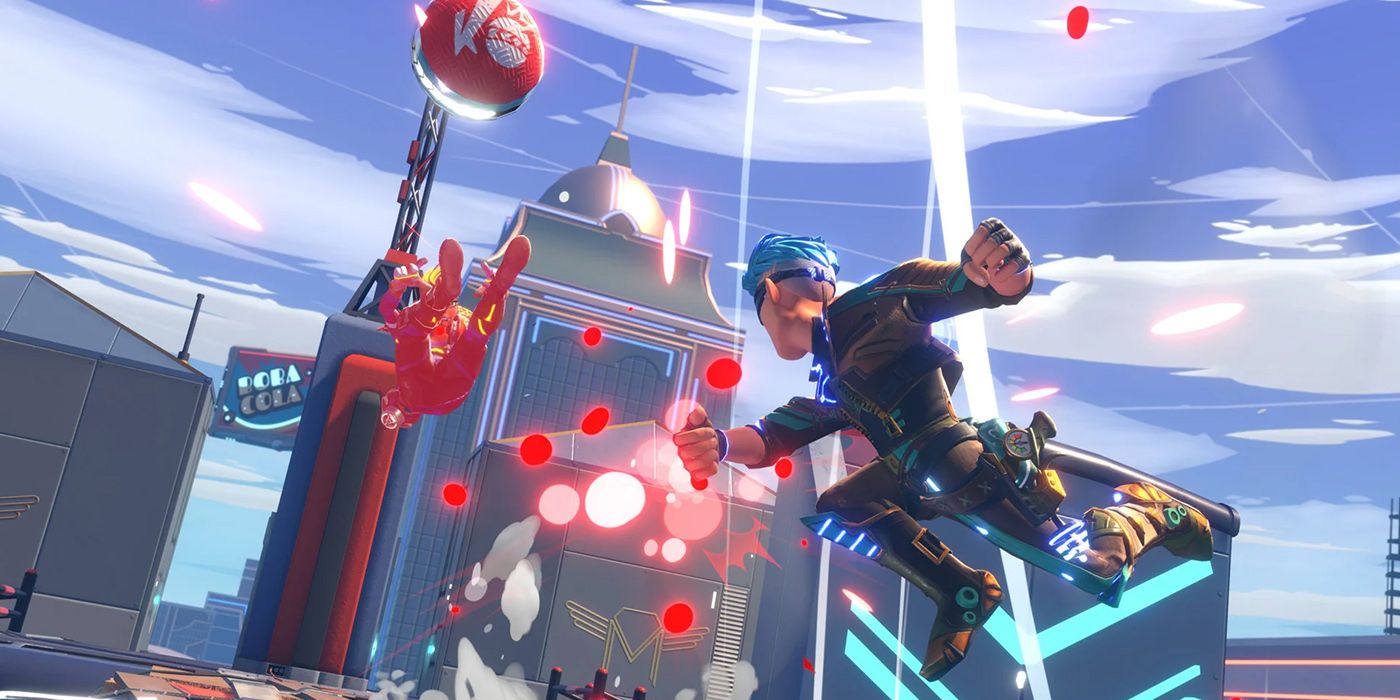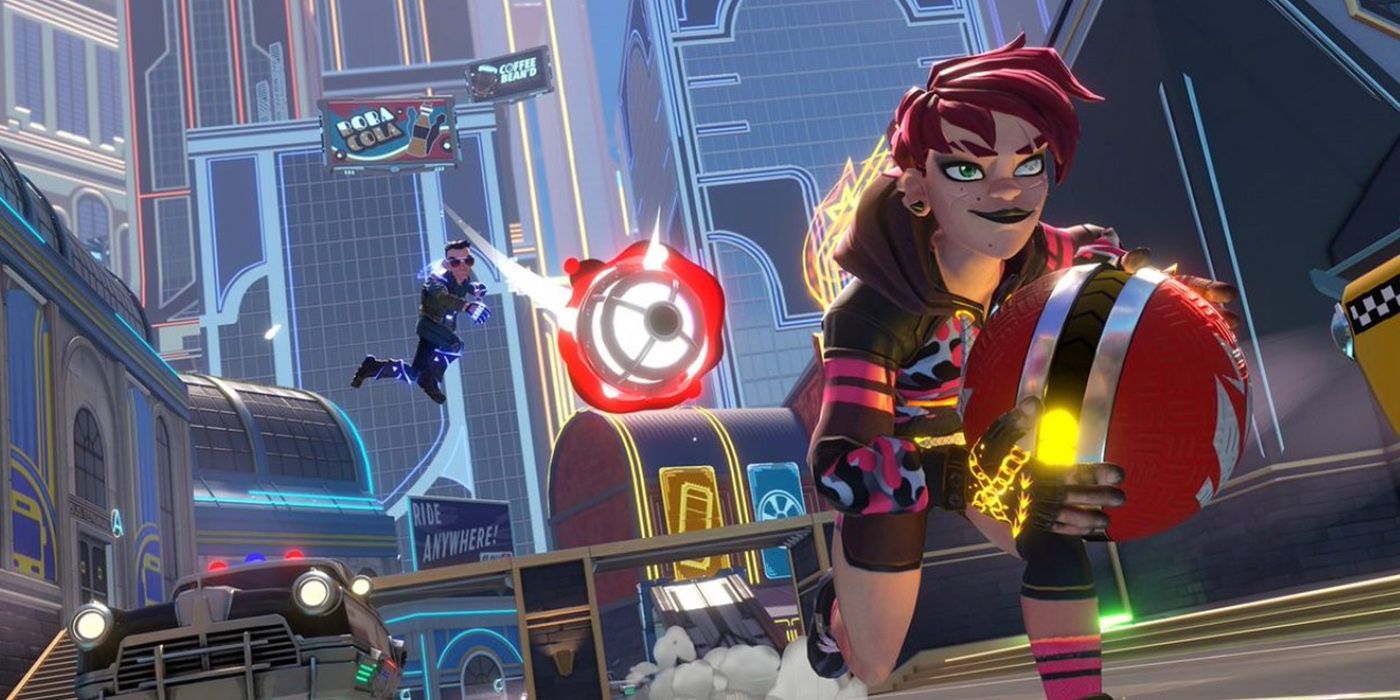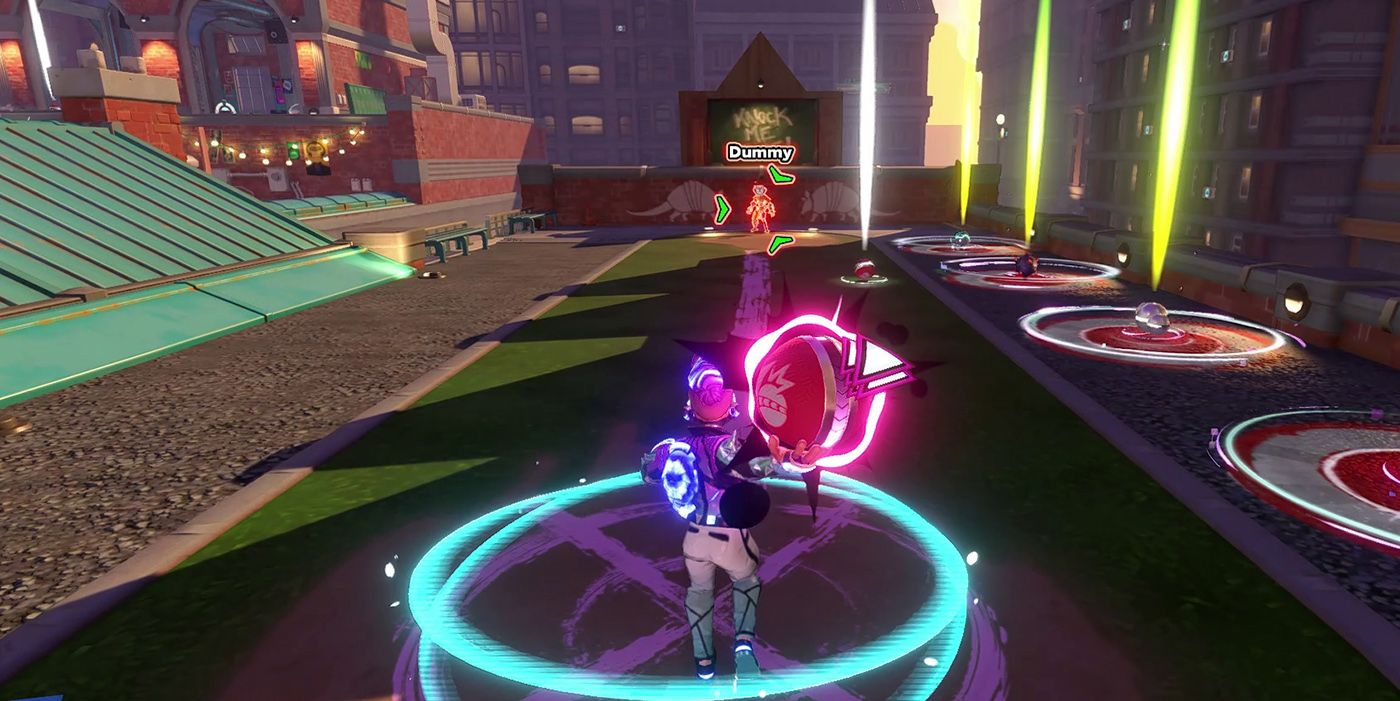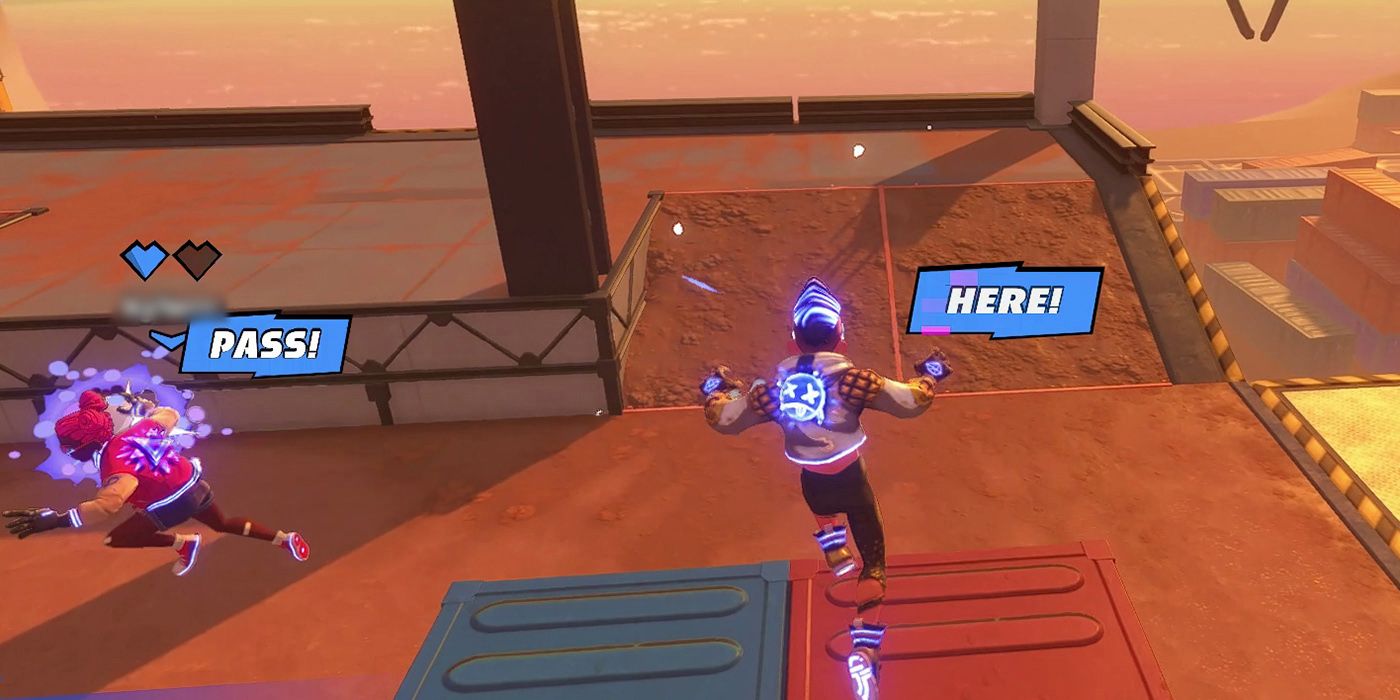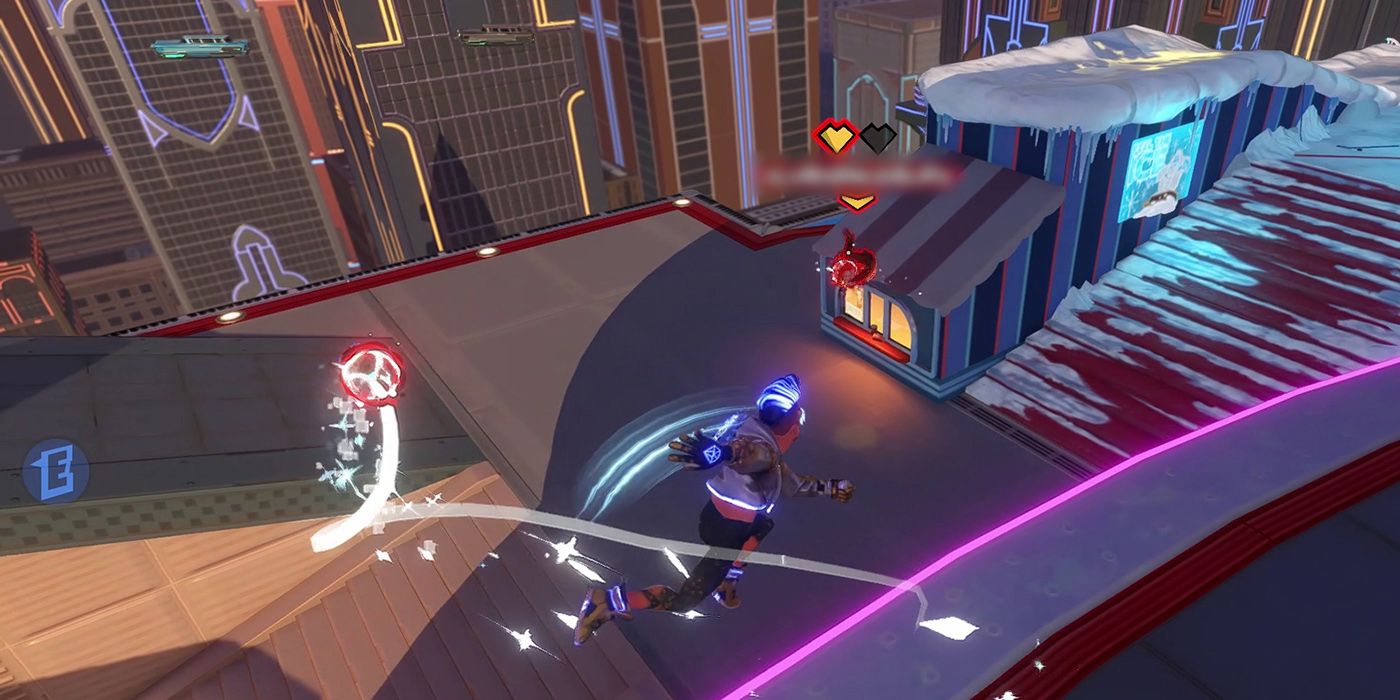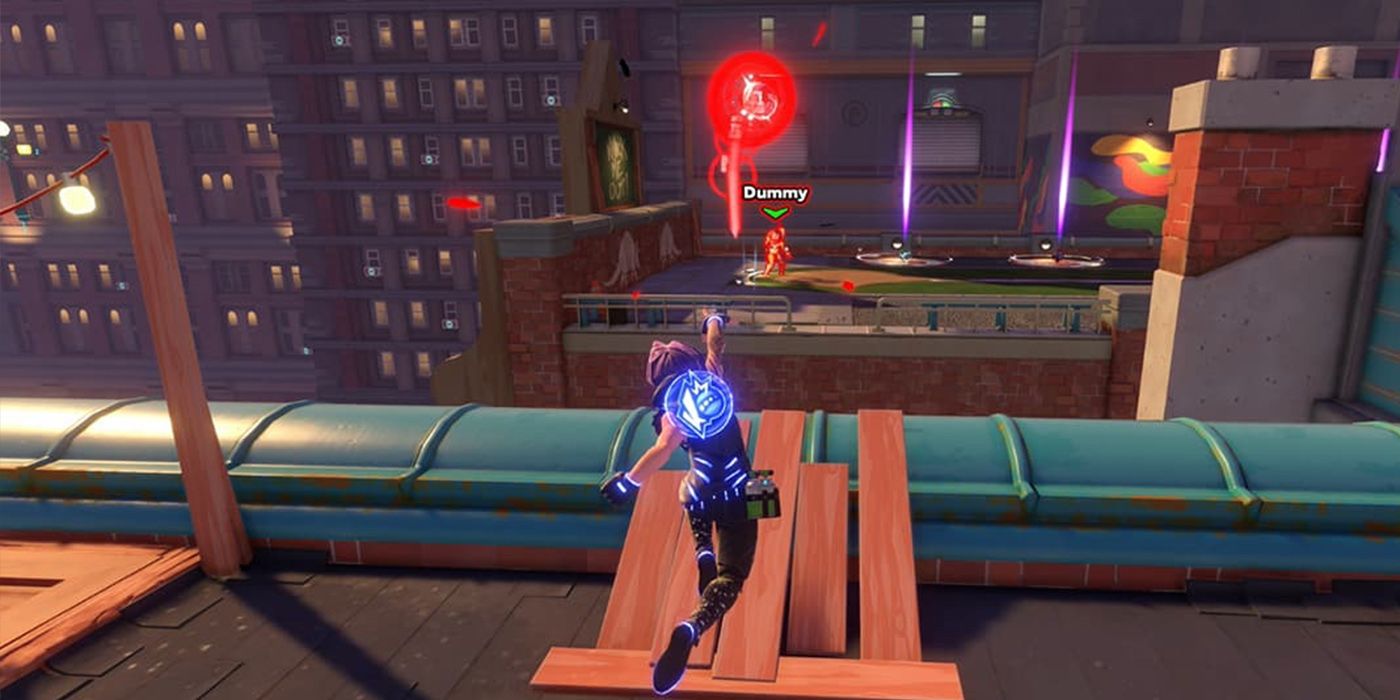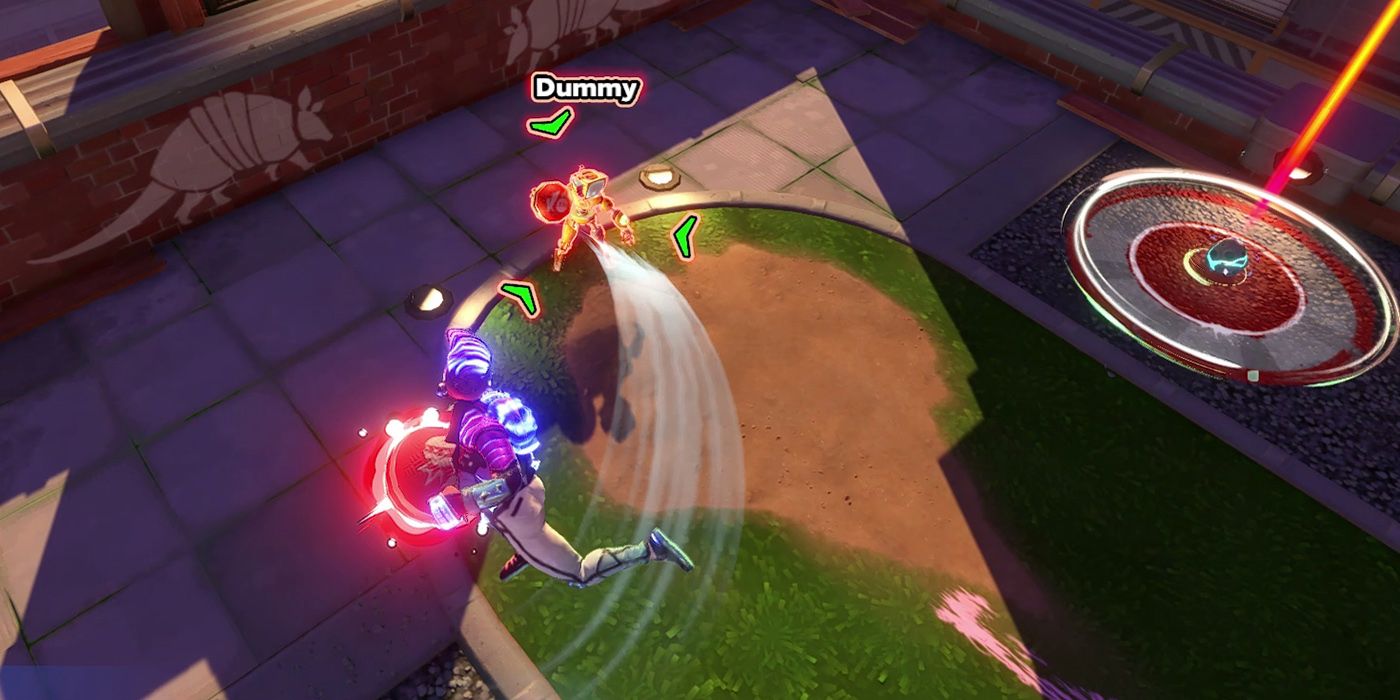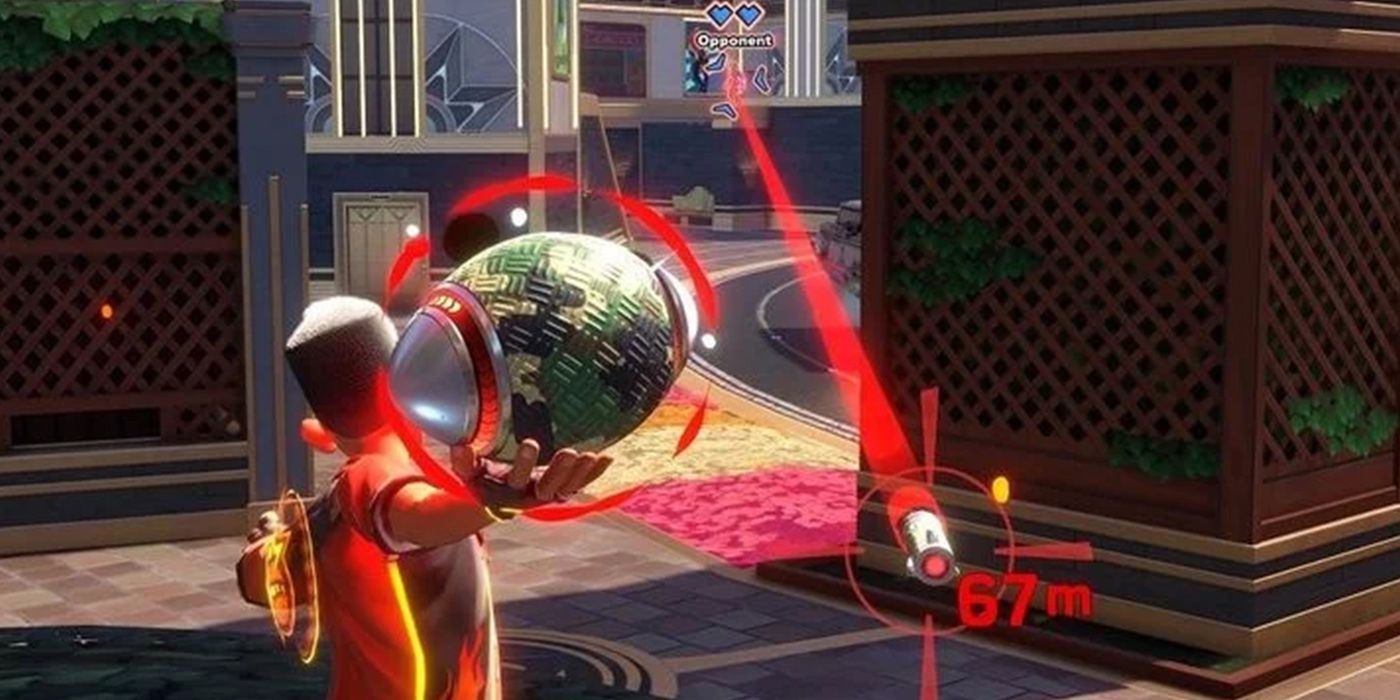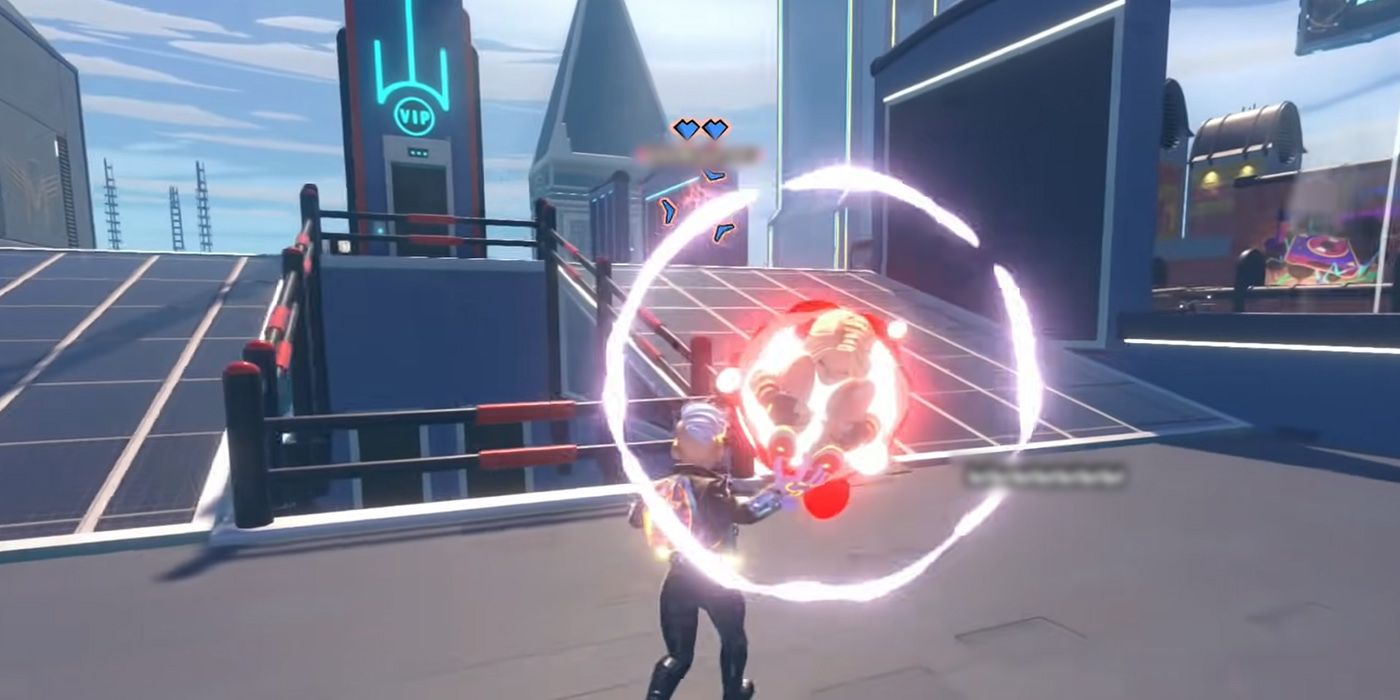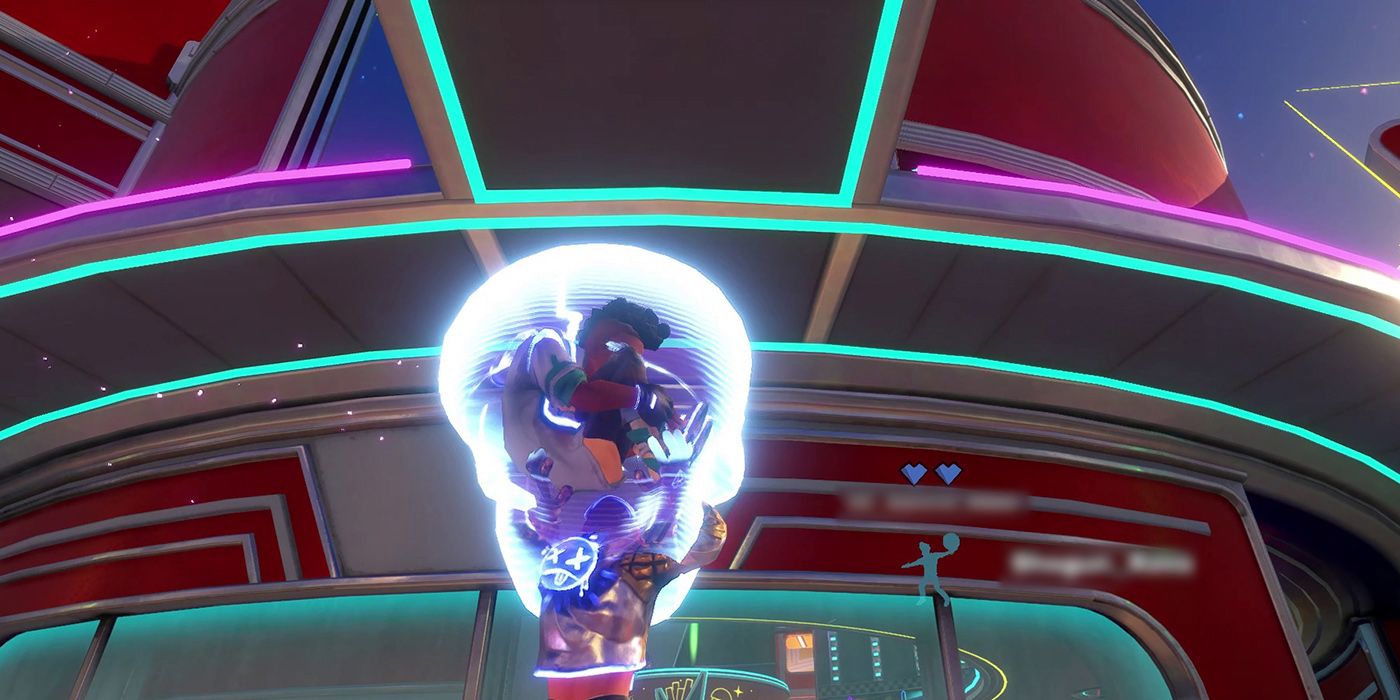You might think that Knockout City, EA’s surprisingly popular multiplayer dodgeball game, is a pretty simple one.
But there’s actually a lot more to this game mechanically than you would expect. In fact, most of its gameplay boils down to trying to overwhelm opponents with mind-games before pelting them with a rubber ball. To master this “combat,” you need to understand every possible throw and which situations you would typically use them in.
Uncharged Throw
First up is the default Uncharged Throw — this throw travels through the air pretty slowly. The fact that it’s so basic and so predictable that it actually throws people off, and they’ll try to catch it a bit too early. Typically, you’d use this to:
- Throw off an enemy you’ve been throwing back and forth with.
- Hit an enemy with their back to you, since the “border” warning makes players think the ball is about to hit them.
- To keep an enemy’s attention while your teammate also throws a ball their way.
Fully-Charged Throw
The Charged Throw is used way more often than the Uncharged one, especially in League Play (this game’s version of ranked matches).
- It’s the type of throw you should get used to catching the most.
- The charge can be canceled by sprinting, catching, or dashing.
- Lobbed throws and Curveballs can also be Charged or Uncharged.
An Overcharged Throw (At Any Level)
Next up are the Overcharged Throws. Overcharge is a state in which the ball gains more and more energy each time it’s “caught.” Here’s how it works:
- There are six total charge levels, each one makes the ball travel faster through the air.
- Immediately goes back to a default ball if you cancel the charge or hit an enemy, piece of terrain, or even a teammate.
- Passing a ball only ever gets a ball to the first Overcharged Level, to get it any higher, you’ll need to catch an Overcharged ball thrown at you.
- Holding the throw input will hold the current charge, just like a regularly Charged ball.
- The little arrows to the right of the ball while you’re holding it denote what charge level it’s at.
Because a ball at Overcharge 1 travels so much faster than a regularly charged ball, this is the throw you’ll see most often in League Play (even more than regular Charged Throws) as teams run around the map together, passing balls back and forth like clockwork.
Passing
Passing, which is technically a type of throw, is a mechanic new players starting Knockout City need to engrain in their brain ASAP if they want to win or want their teammates to like them. Passing is integral to throwing enemies off, as you can:
- Pass to a teammate directly behind an opponent.
- Pass to a teammate by curving or lobbing around or over a wall.
- Fake a throw, then fake a pass, then either actually pass or throw the ball to really throw your enemy off.
- Throw to an ally you aren’t even looking at, as it auto-locks onto the nearest teammate.
The Curveball Throw
Ah, the Curveball, the throw that players love to use to look stylish. To use it, you just need to spin and throw at the same time. While it is by far the most stylish type of throw in Knockout City, it’s also used at the wrong time in most situations. Here are some of the best ways to use it:
- Obviously, to hit an enemy on the other side of a wall by curving the throw around it.
- Curve a pass to a teammate on the other side of a wall.
- To change up the timing of the throw so the enemy tries to catch too early.
- Use it as another type of feint by spinning like you’re going to throw a curve, but then actually throw right at the end of the animation so the ball goes straight instead.
A Lobbed Throw
Now moving onto the Lobbed Throw. Like the Curveball, players just need to throw during the flip (rather than the spin). People tend to use it less often than they should, but it’s really versatile and has a lot of uses, such as:
- Jumping over someone, flipping, and lobbing an uncharged throw. Because of the distance, lock-on, and mix-up by jumping over them, people fall prey to this easy toss way too often.
- When a player is hiding on an upper floor or behind a barrier of some sort.
- To pass to a teammate who is very far away, on the other side of a short wall, or has enemies blocking their path.
- Throwing a teammate in ball form up into the air so they can open their glider and do some recon.
The Fake-Out “Throw”
Deceptively, Knockout City has a ton of ways to fake out or feint your opponent. But nothing works better than the actual Fake Throw itself. This is where you’ll animate like you’ve thrown the ball, but you won’t actually let go of it. People like to use this “throw” to:
- Trick you into trying to catch, then throwing the ball right at the end of your catch animation to basically guarantee a hit.
- Force you to dodge so that they can throw as your dashing, catching you with a hit right as the dodge ends.
- Throw off your timing in general or force you to cancel your ball charge with a catch attempt.
- Waste time while keeping your attention while their teammate sneaks up with a ball behind you.
- Signal to their teammate that they’re about to throw so they can throw both their balls at the same time, making it impossible to avoid unless you dash perfectly.
The Sniper Ball’s Charged Throw
There are a variety of “Special Balls” in the game, such as the Cage Ball, Multi-Ball, Bomb Ball, Moon Ball, or the Sniper Ball. But all of them are thrown like normal dodge balls, they just have extra gimmicks tied to them. The only special-type ball with a unique type of throw (currently), is the Sniper Ball.
You can’t lob or curve the Sniper Ball, you can only throw it Charged or Uncharged. And its Charged Throw is the reason this Special Ball is so polarizing among the player base. You can use this ball to:
- Make enemies nervous by forcing their alert “border” to be constantly active while you lock on to them across the map.
- Force an enemy to catch the throw near a ledge so that the force of the catch pushes them off the map.
- Snipe an enemy who just got hit by another ball.
Character Throws
Then there’s the Character Throw, likely the most unique mechanic that Knockout City adds to the age-old dodgeball formula. Basically, players can pull a Samus from the Metroid games and turn into a human ball, called their ball form. While they’re a ball, they can roll around and be picked up by both teammates and enemies alike. When you throw your teammate, this is called a Character Throw, and here’s why you’ll want to use it:
- Hitting an enemy with a character throw will insta-kill them (which some people aren’t too happy about).
- Catching an enemy Character Throw lets you turn around and throw them off the map before they can mash and escape.
- You can throw your teammate at the enemies, but have them pop out of ball form right before they would be “caught” by the enemy.
- Or you can just throw your teammate around the map to cover ground quicker.
Ultimate Attack Throws
Lastly, there’s the Ultimate Attack Throw, where you’ll toss your fully-charged teammate in their ball form into their air. Once in the air, your teammate will be able to briefly see where the enemies are as well as control where they’ll land from a birds-eye view, then explode when they hit the ground. Also:
- Anyone caught in the explosion is insta-killed, just like a Character Throw.
- There’s a solid second after you land that you are physically unable to catch any balls thrown at you.
- You can use bounce pads or just the upper terrain to switch up the timing of your landing and trick people into coming close.
And that’s all the throws in Knockout City! Each one makes a big difference in how you should approach each fight, and having full mastery over every throw is the easiest way to come out of every game, League or Casual, as the MVP.
Source: Read Full Article
